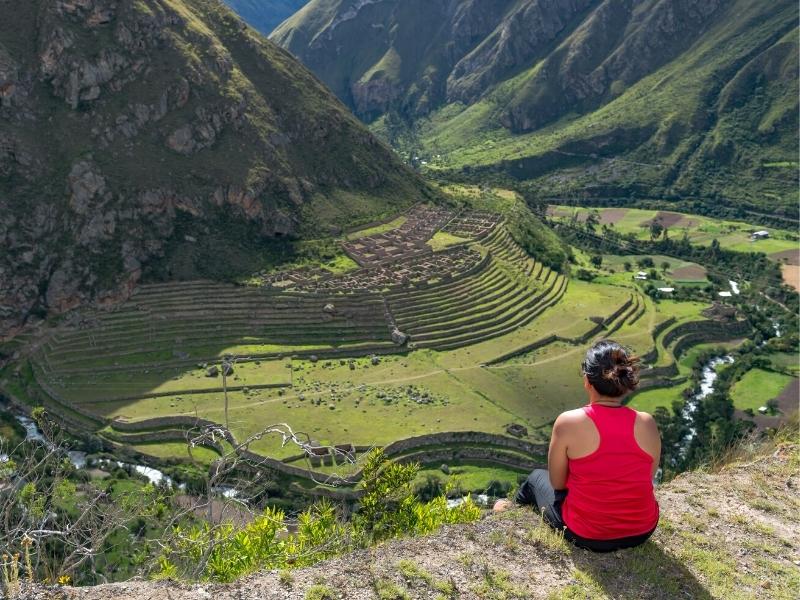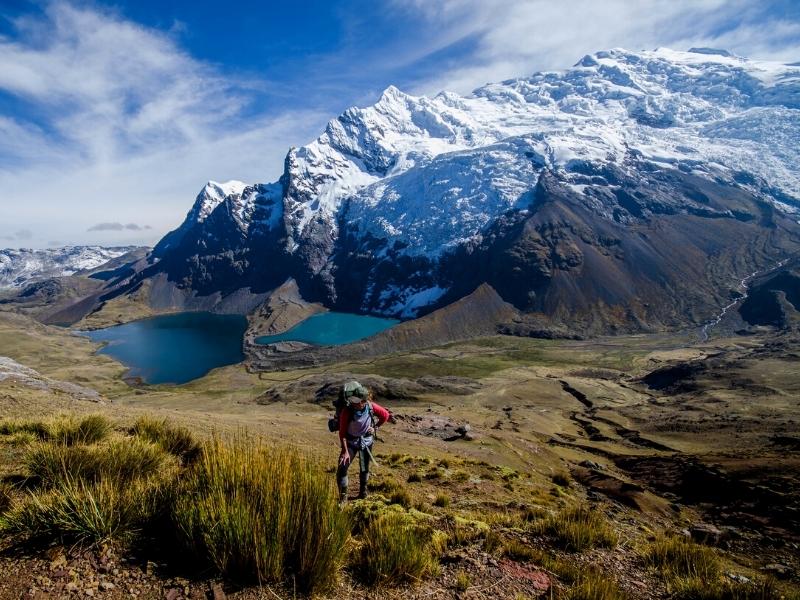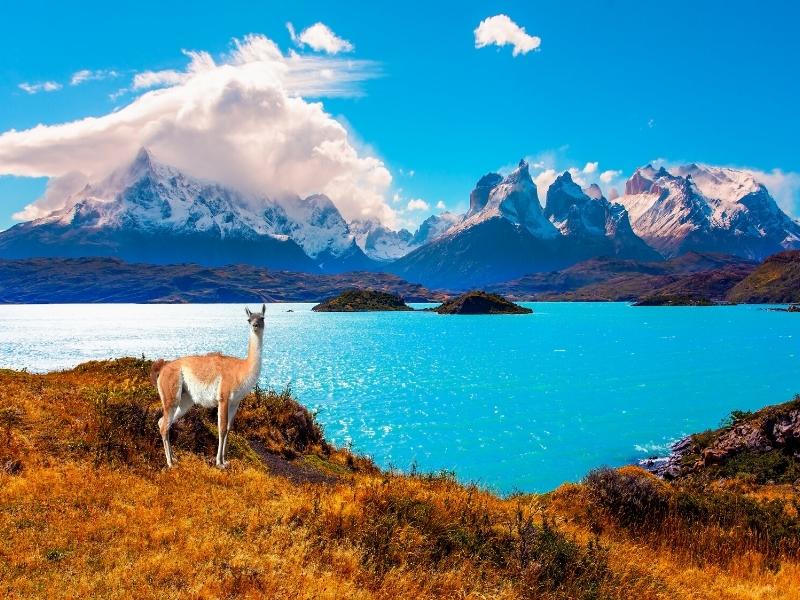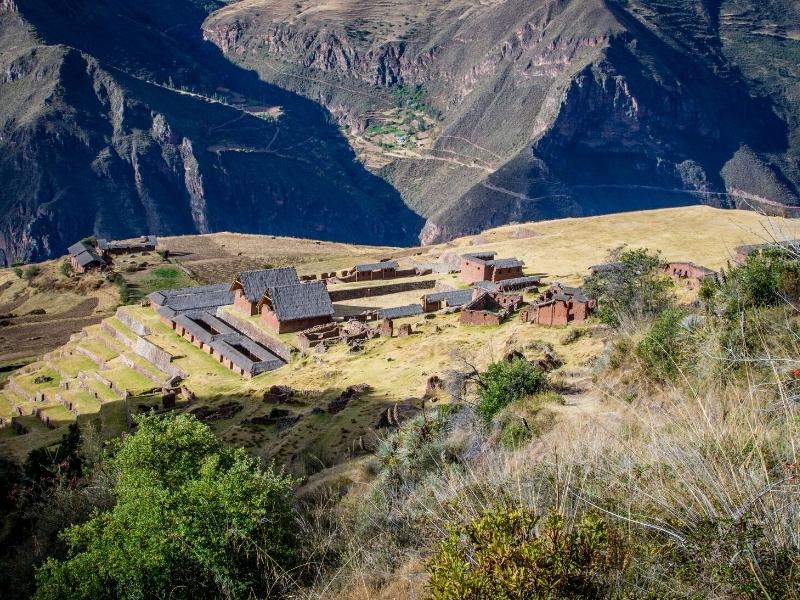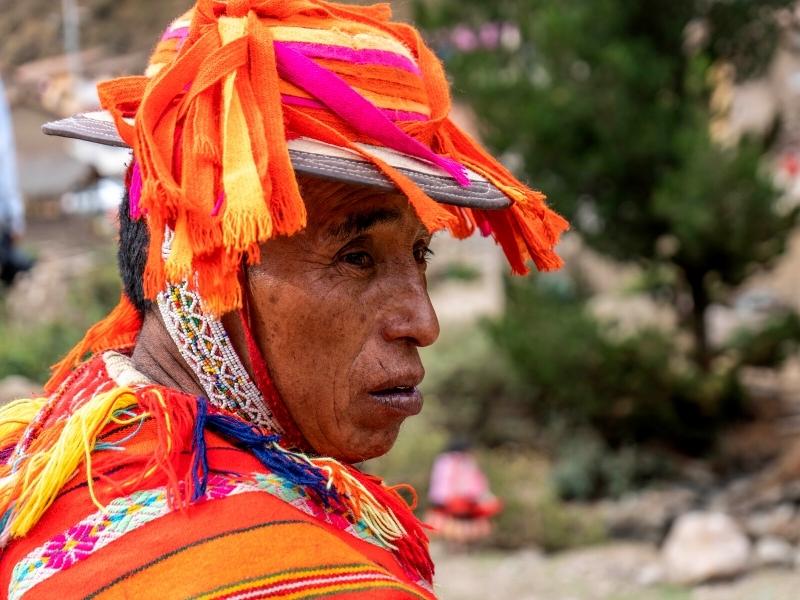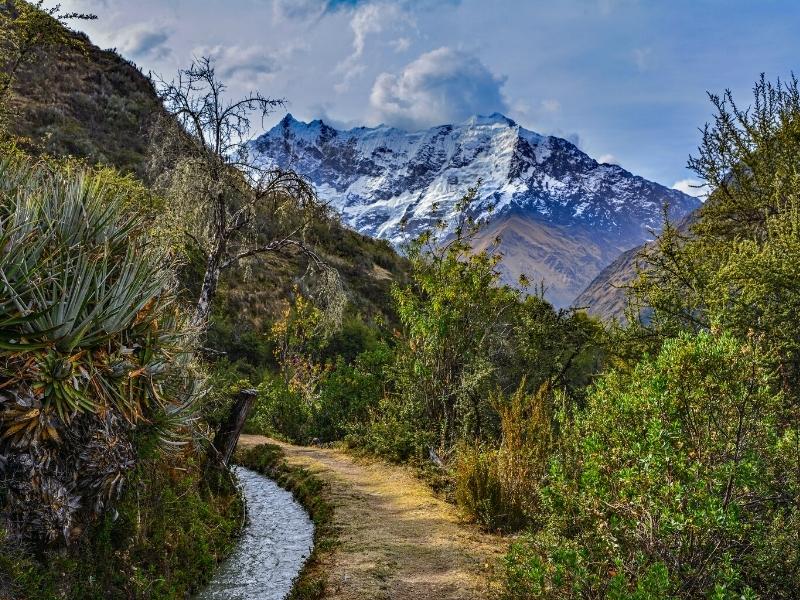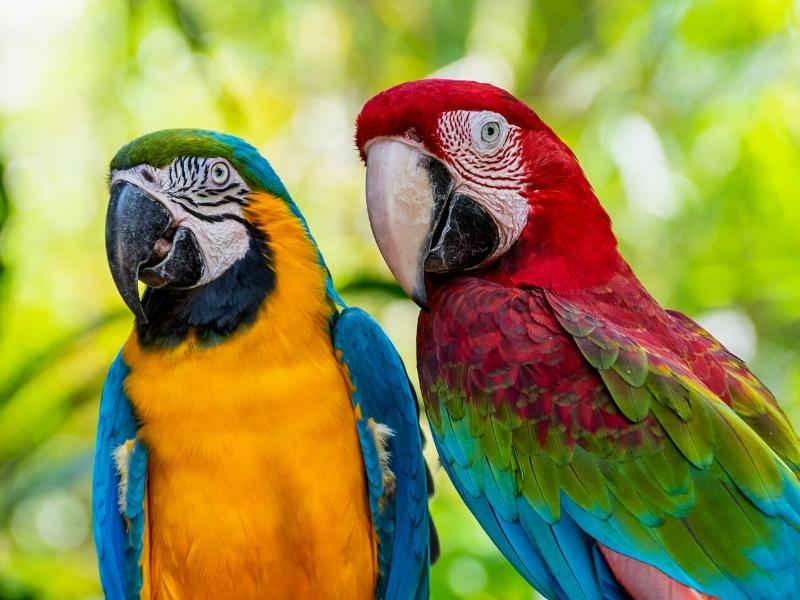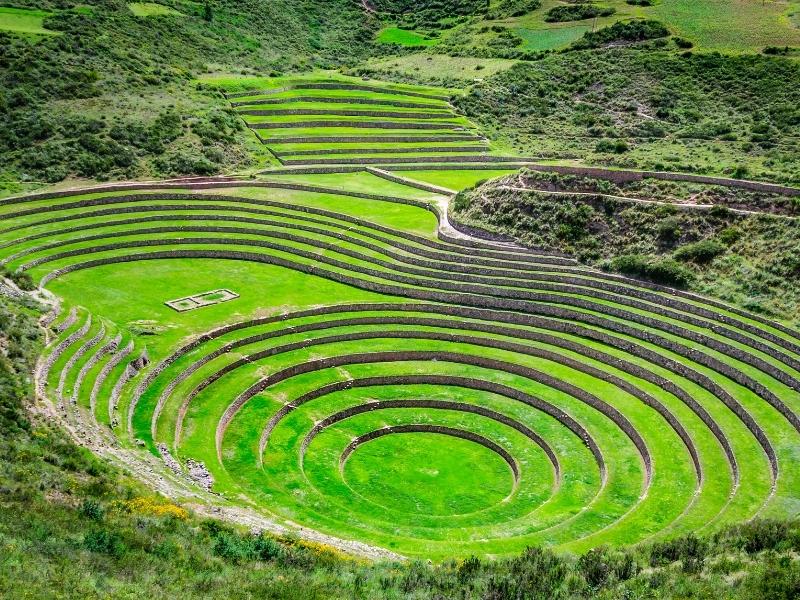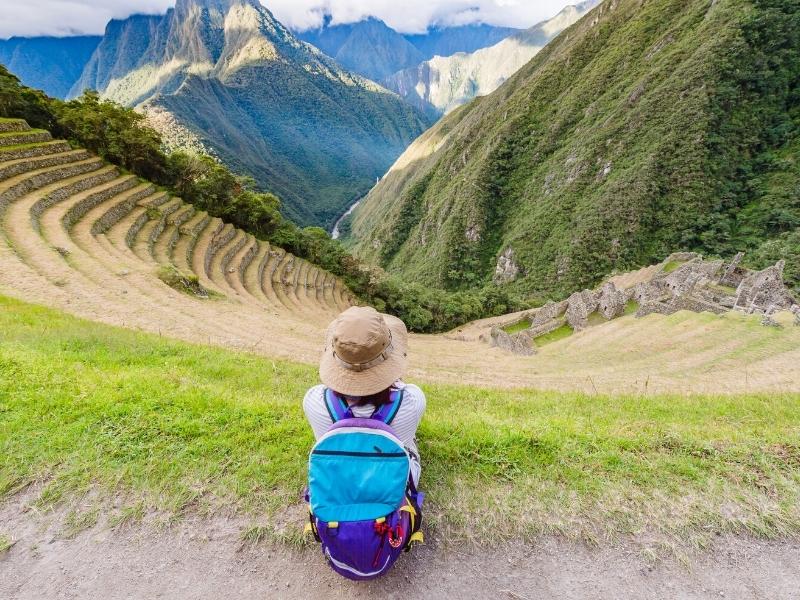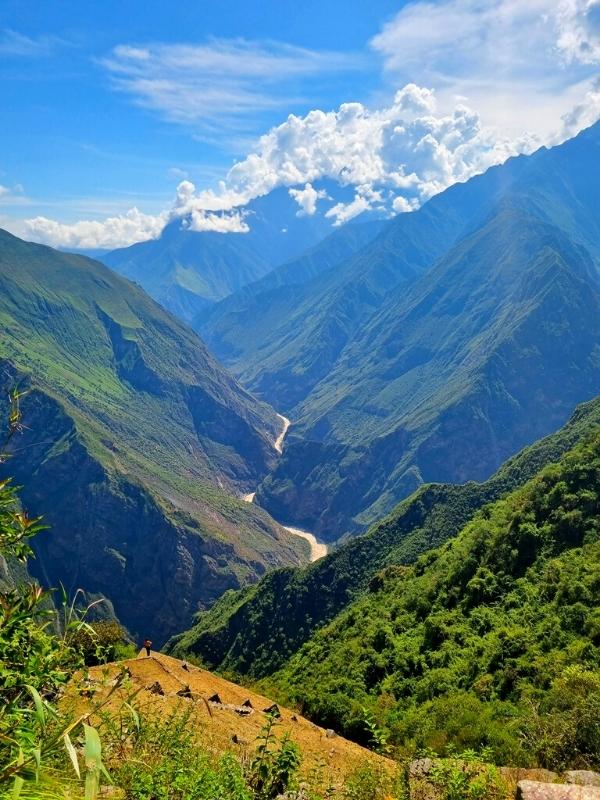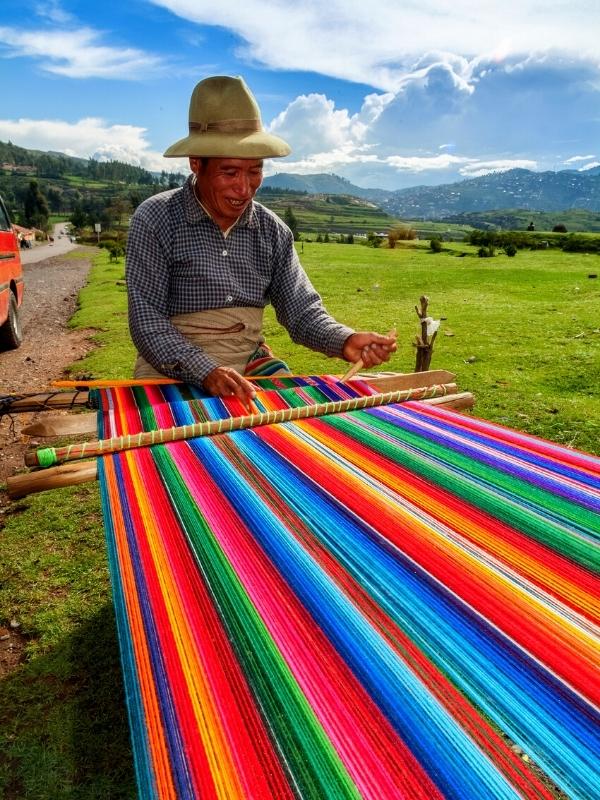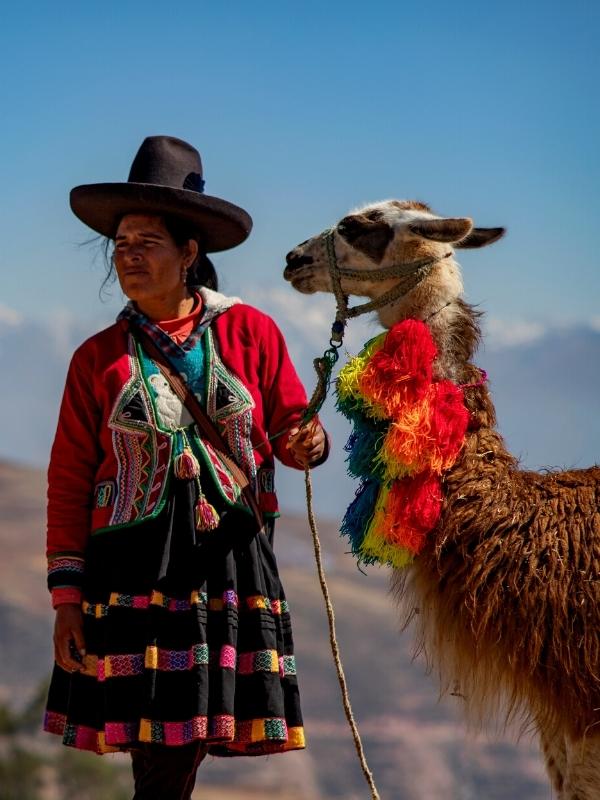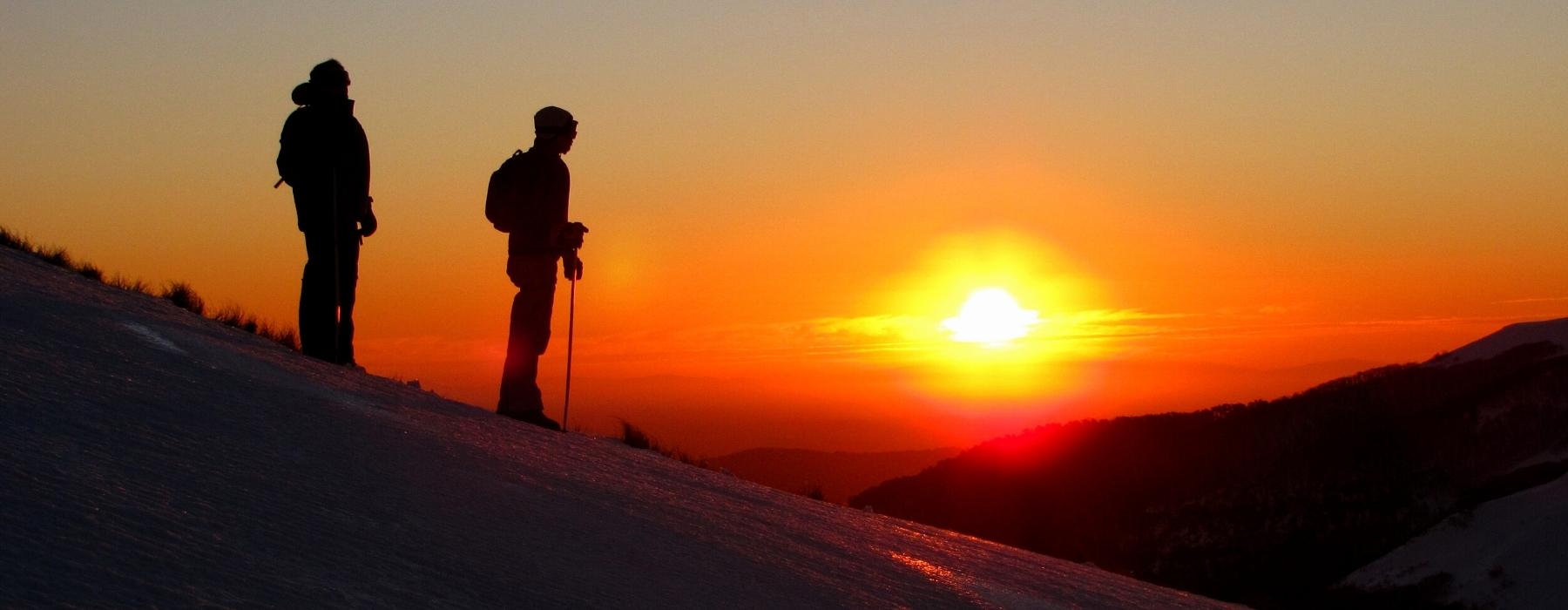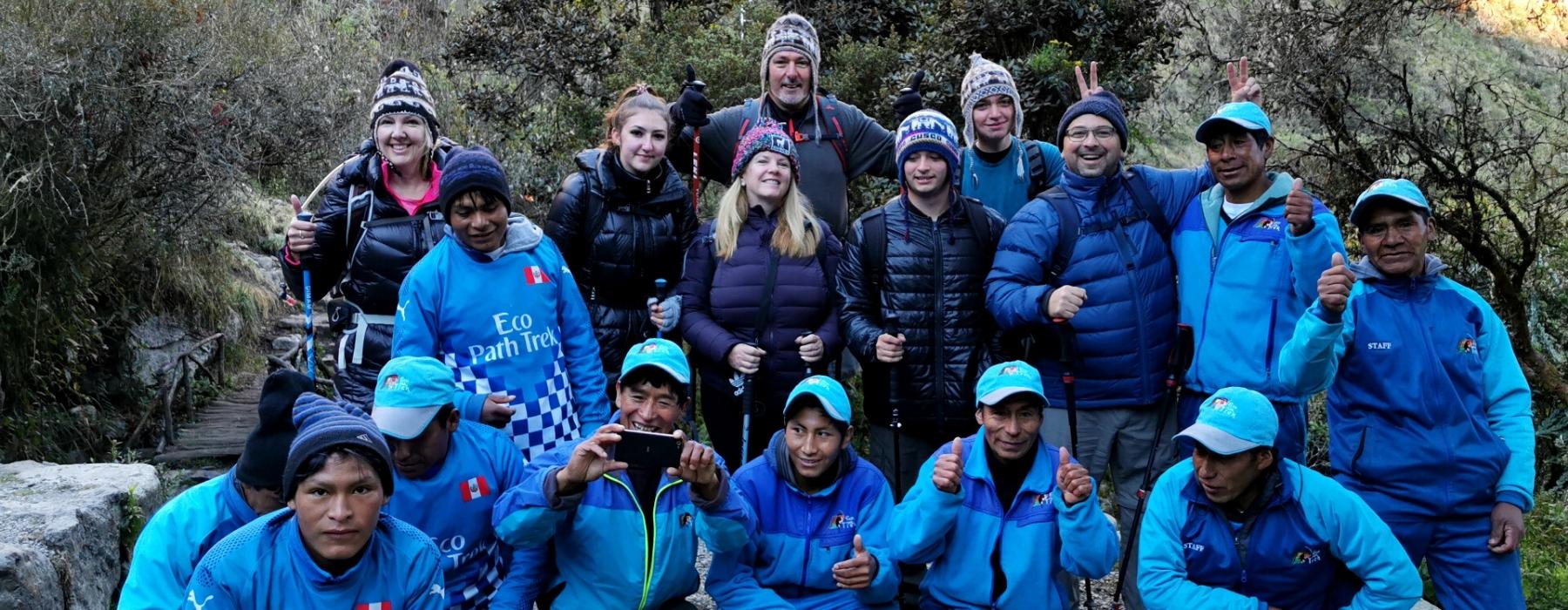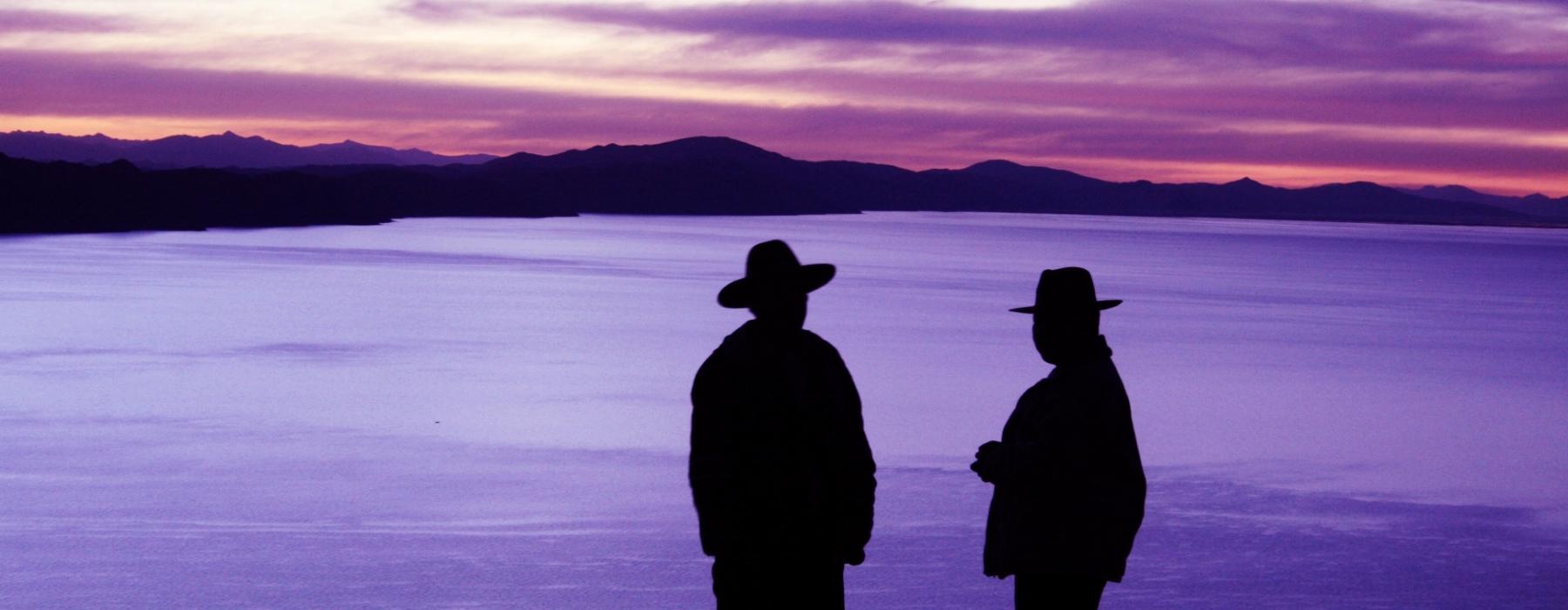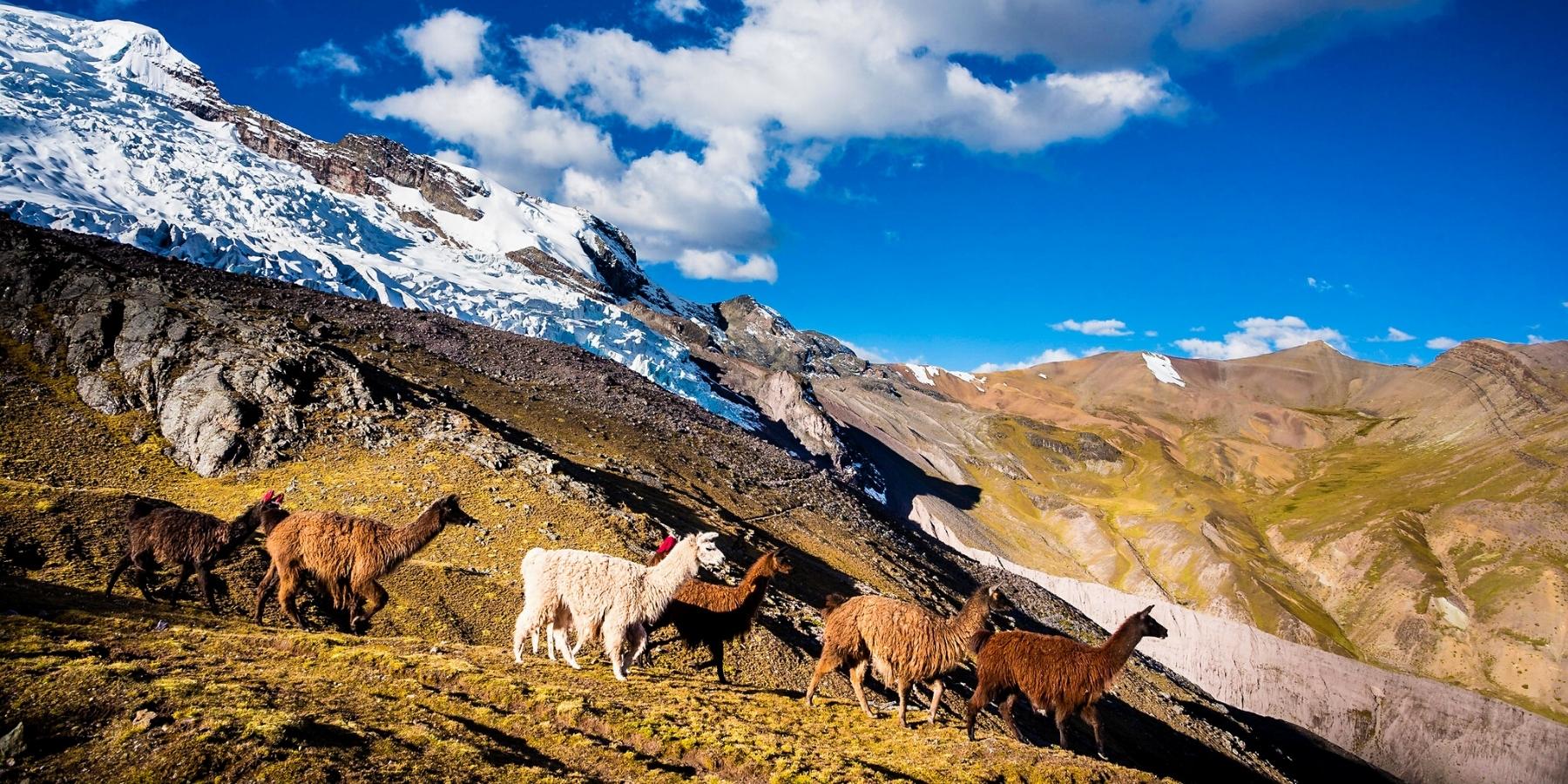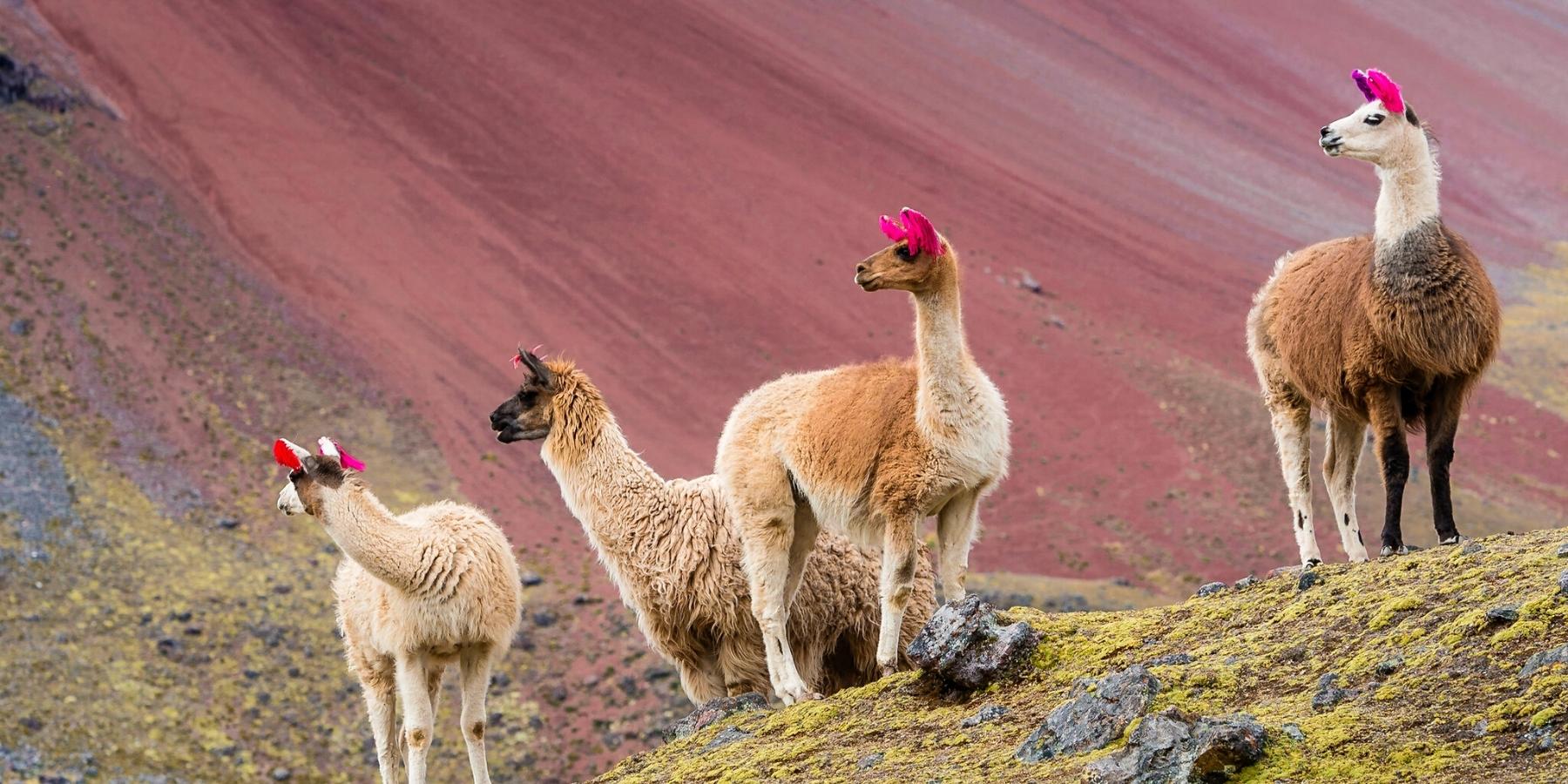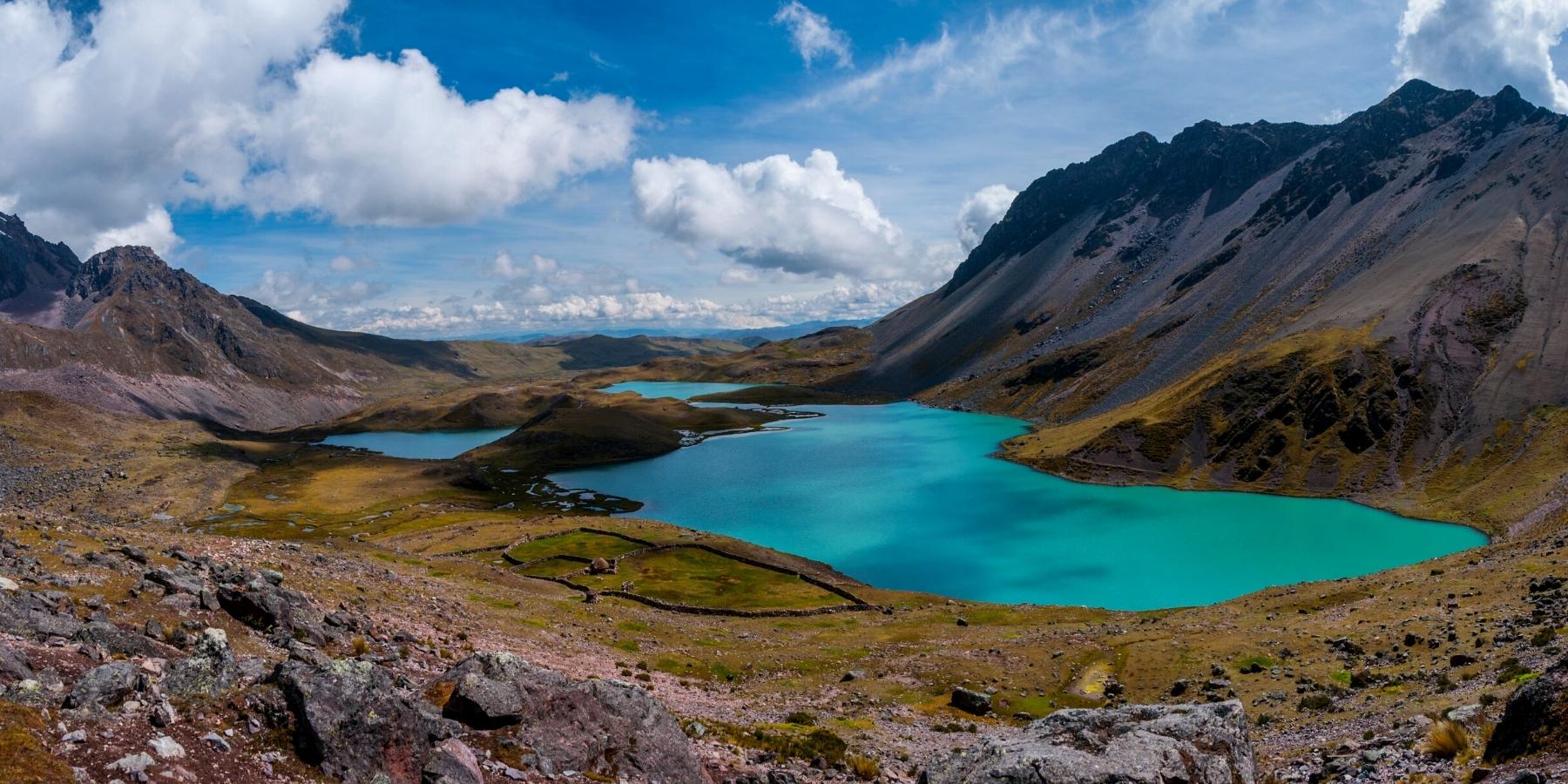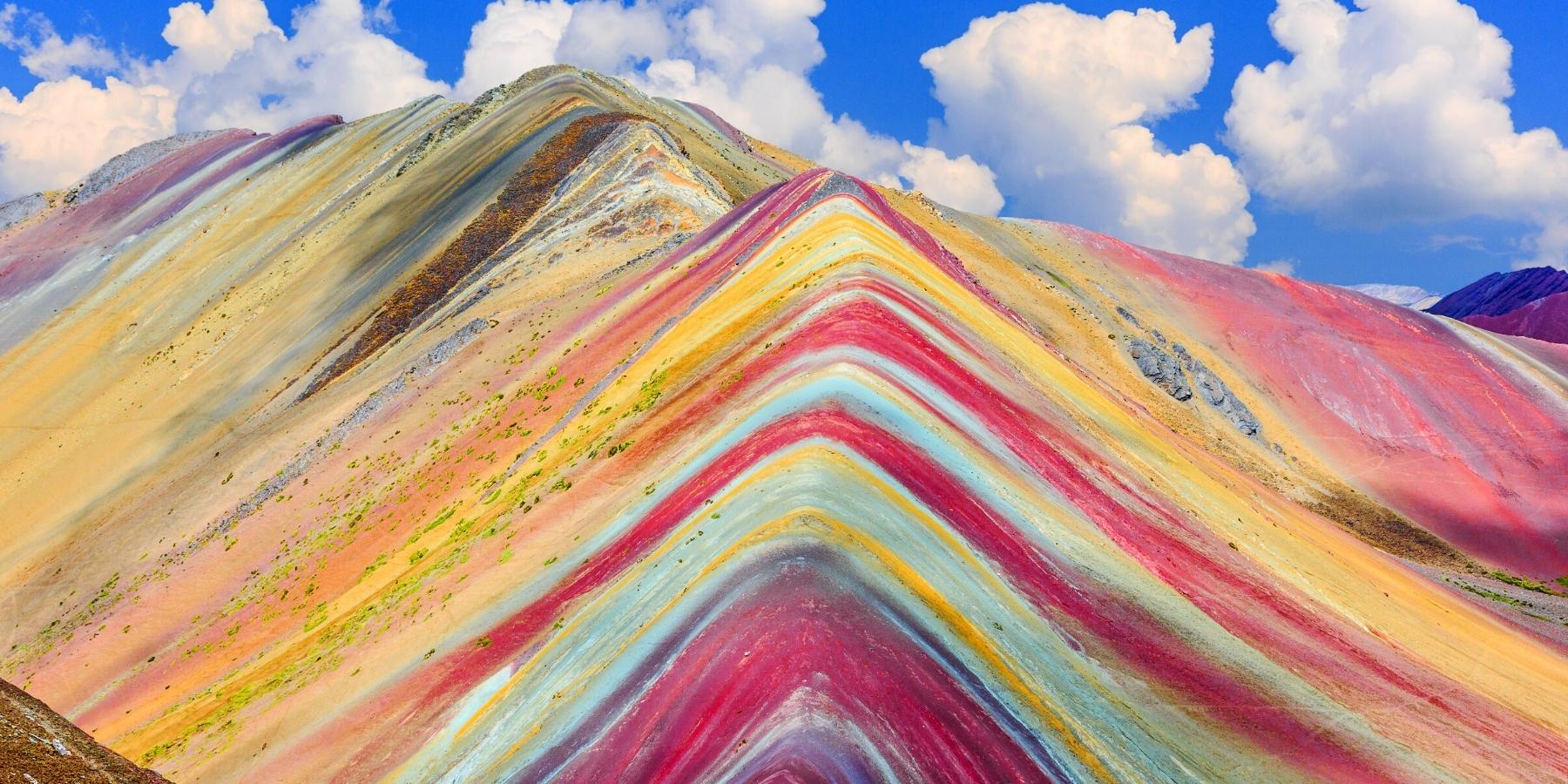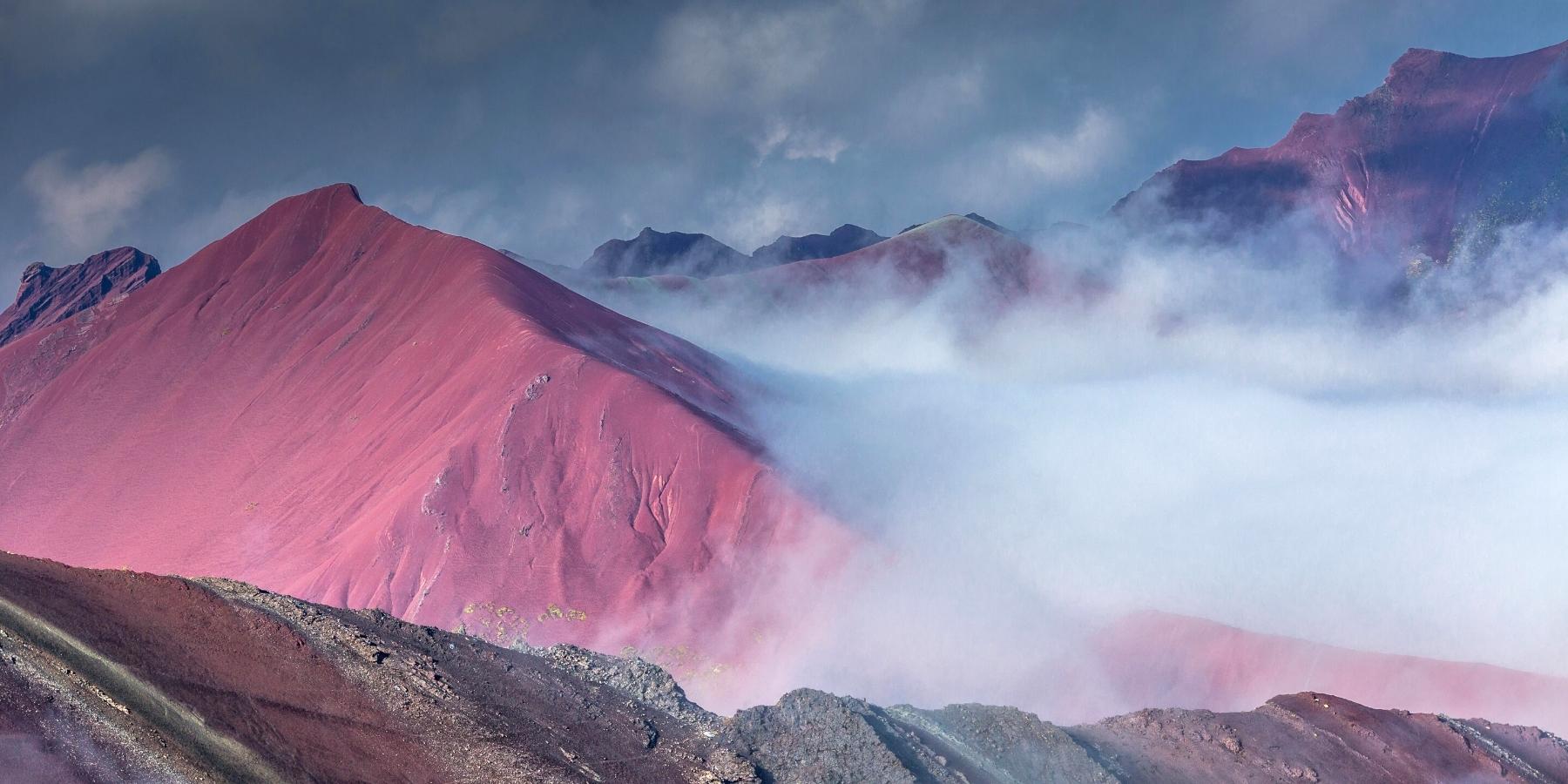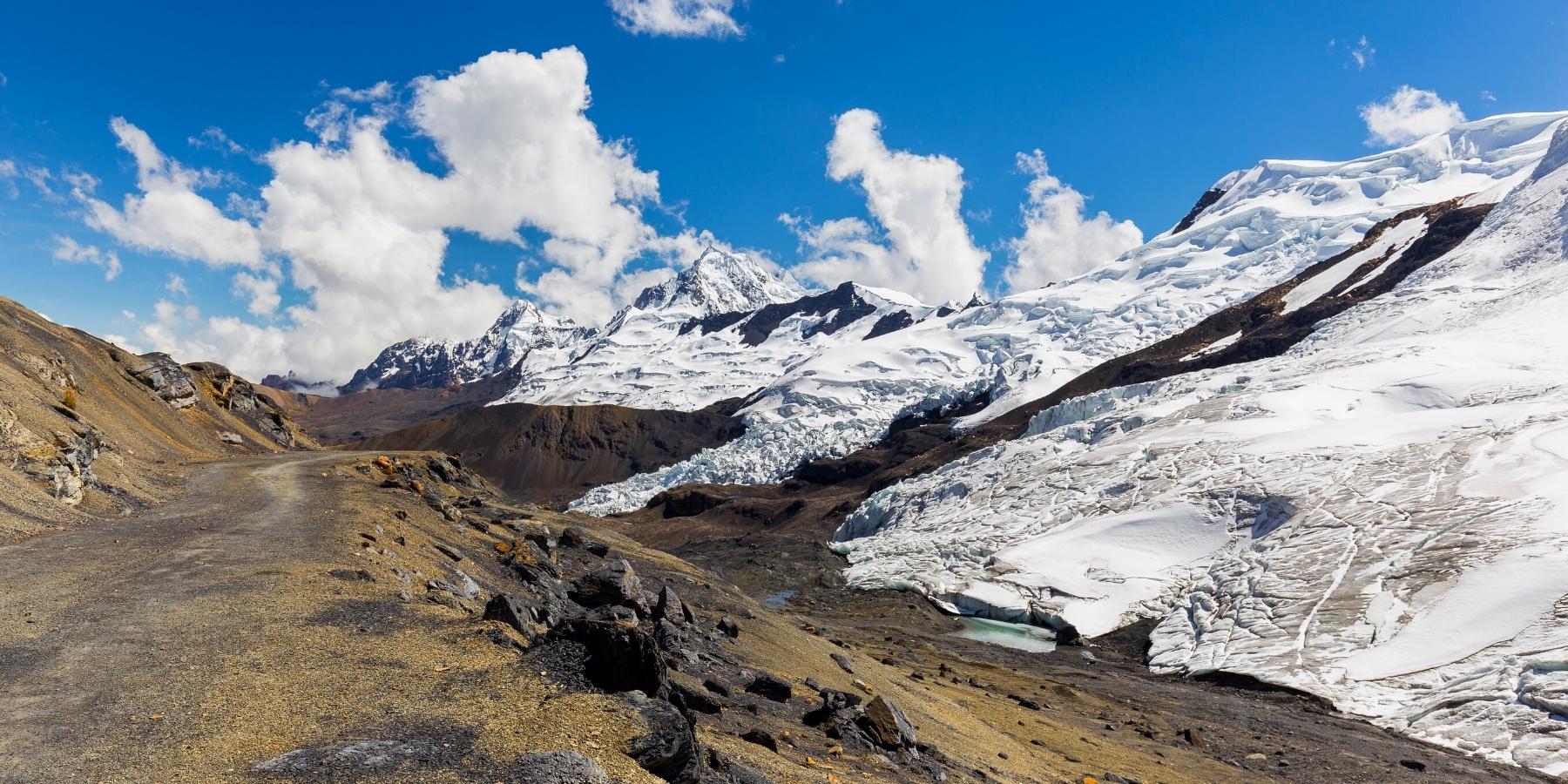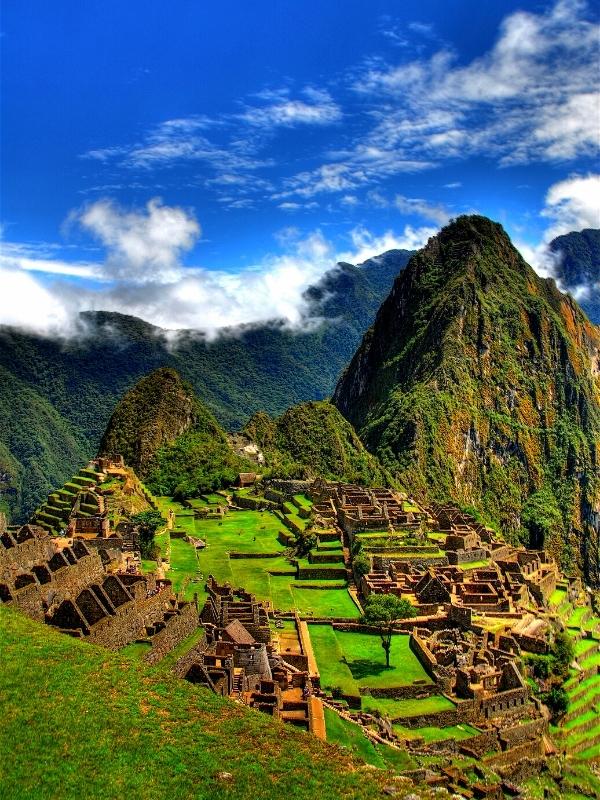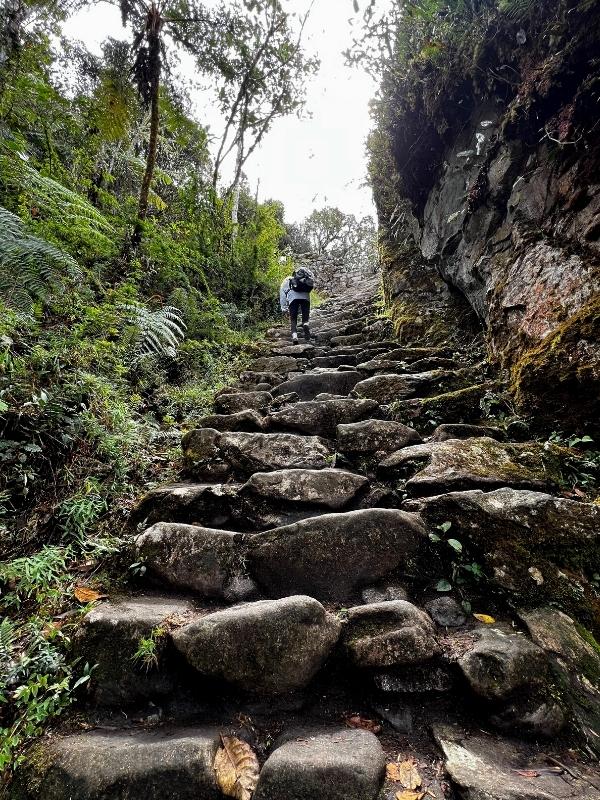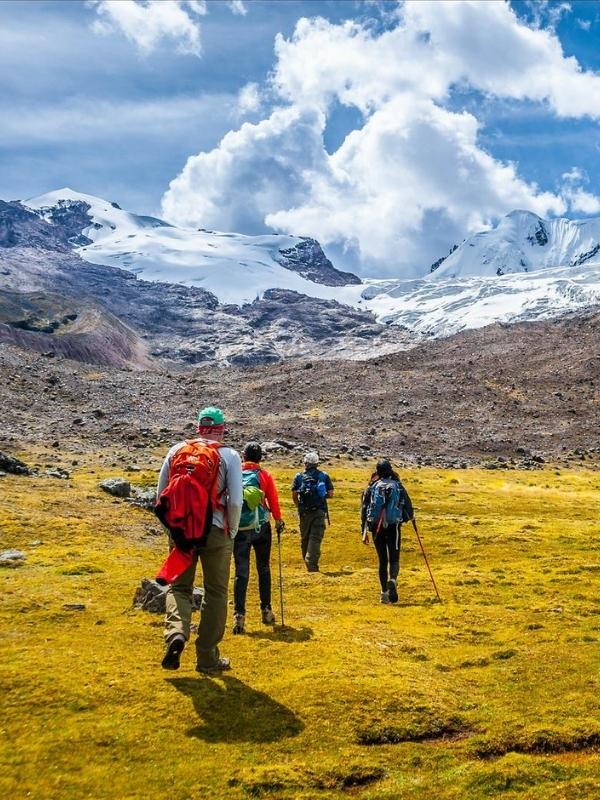When hiking the Ausangate trek, following certain guidelines will help you stay safe. Choosing the right time to visit is important to avoid torrential rain and mudslides. Adjust to the altitude before you trek and stay hydrated to prevent altitude sickness. Purchasing travel insurance will help you in case something goes wrong. Read the trekking tips below for more details on safety and other useful information to help you plan your trip.
Pick the Best Time to Travel For You.
Excessive rain from December to February can erode the trail and even create mudslides. Not only is it unpleasant to hike in these conditions, but it can also be dangerous. If hiking during the rainy season, listen to any updates from the Peruvian authorities regarding the conditions on the trek.
Be Prepared for High Altitude.
Spend at least 2-3 days in Cusco or the Sacred Valley before embarking on the trek. You will enjoy the trek more once your body has had time to acclimatize. If you feel yourself getting symptoms of altitude sickness, take a break and don’t push yourself too hard.
Tell Others About Your Plans.
When traveling independently, keep an itinerary of your trip at home with family and friends. There is no phone reception on the Ausangate Trek, making it impossible to communicate in an emergency. Informing others of your plans will allow them to seek assistance if they haven’t heard from you.
Practice Your Spanish.
Most locals in these remote Andean villages do not speak English. Knowing at least a few basic phrases, or having a dictionary handy, can help you communicate if necessary.
Drink Plenty of Water.
If hiking through a reputable travel agency your trekking company will be able to provide you with water. If hiking on your own, be sure to use water purifying tablets before drinking water from natural sources. Staying hydrated is especially important in order to prevent symptoms of altitude sickness.
Purchase Travel Insurance.
As with any outdoor adventurous activity, the Ausangate trek can be unpredictable. Cancellations due to weather, mudslides, etc. may occur. There is also risk of injury or illness. For peace of mind, invest in a comprehensive travel insurance plan that will cover you during your entire trip.
How To Get There
Lima is the nation’s bustling capital and travel hub, where all but a few international flights land. From there you need to connect to a domestic flight to Cusco There are many flights per day and the journey only takes about 1 hour. Several airlines fly this route, including some low-cost options. However, the most reliable option is LATAM.
Cusco is the base for most popular treks in the region. From here, arrange the Ausangate trek with a reputable travel agency, which will take care of all logistic details. Your guide will meet you at your hotel and take you to the trailhead. At the end of the trail you will be dropped off back at your hotel.
If you prefer to trek independently, make your own way to the small village of Tinqui. It is located about 100 km from Cusco. You can either arrange your own private transportation or take a public bus. Buses leave from Terminal Paradero Livitaca and the journey takes about 2.5 hours. From Tinqui, follow the signs until you arrive at the trailhead.
Accommodation In Cusco
You will need to arrange accommodation in Cusco for before and after your trek. There is a wide variety of hotels available, ranging from cozy, family-owned inns, to luxurious 5-star resorts. While there are options that fit every budget, it may be worth splurging on your hotel. After such an adventurous trek, arriving somewhere comfortable for some well-deserved rest will certainly feel worth it.
Rainbow Mountain
If you would like to visit the Rainbow Mountain, be sure to plan ahead. When organizing your trek with a travel agency, let them know in advance. Not all trekking companies include it in their itinerary by default. The dry season is the best time to see the vivid colors on the mountain as pictured in photos. During the rainy season, it can often be covered in snow, leaving travelers disappointed. Unlike the rest of the Ausangate trek, Rainbow Mountain is very popular with tourists so be prepared for large crowds.
